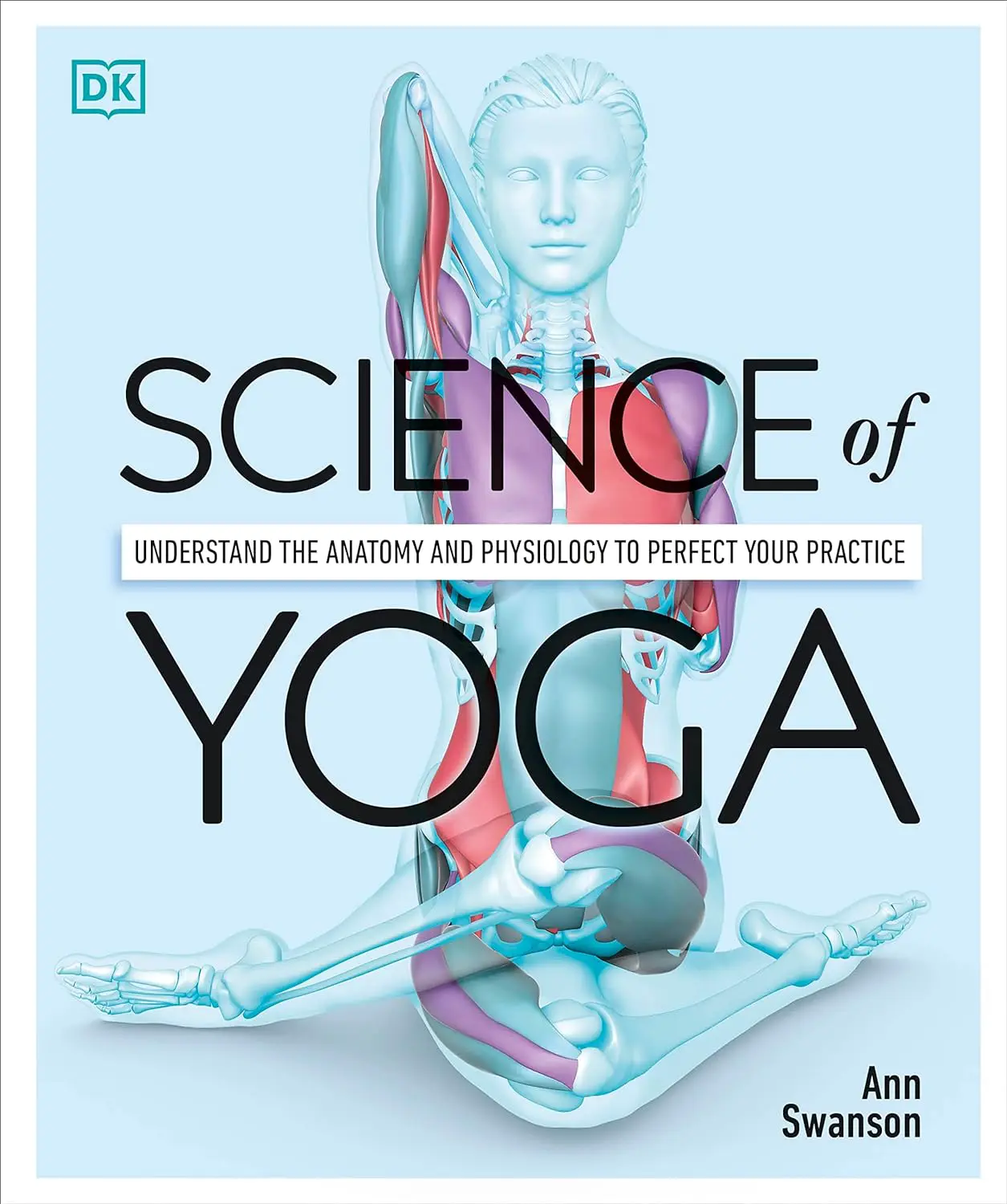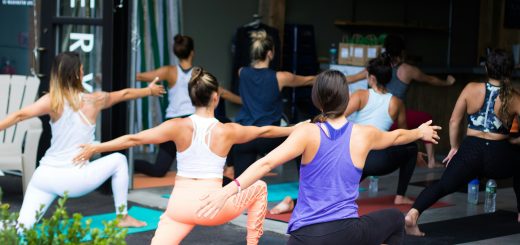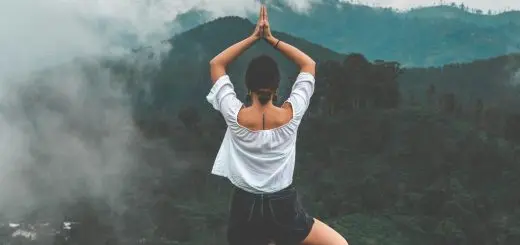Breath of Life: Pranayama Yoga for Mindful Respiration

Looking for more amazing products? Check out our online store and explore our collection here! Happy shopping!
Before diving in, please note: This post is for informational purposes only. If you’d like to know more about how we approach topics, feel free to check out our friendly Disclaimer Page.
Hey there, amazing readers! 
We’re committed to delivering quality posts, and your support (even just sticking around despite the ads) means everything to us. So, bear with us, and thanks for helping us keep the good vibes rolling. Now, on to the fun stuff!
TRANSLATE BUTTON AT THE END OF THE ARTICLE
Overview: The Power of Pranayama Yoga
Breath is an essential aspect of our being, serving not only to sustain our life but also to connect our mind, body, and spirit.
Pranayama, a fundamental practice in yoga, focuses on mindful respiration and harnessing the power of breath.
This ancient technique offers a myriad of benefits, including improved focus, reduced stress, and enhanced overall well-being.
In this article, we will delve into the depths of pranayama yoga, exploring its origins, the science behind it, different techniques, and how to incorporate it into your daily routine.
Whether you are a seasoned yogi or just beginning your wellness journey, pranayama yoga has the potential to transform your life and bring about a sense of inner peace and harmony.
What is Pranayama Yoga?
Pranayama, derived from the Sanskrit words “prana” (meaning life force or breath) and “ayama” (meaning control), is a yogic practice that involves conscious regulation of breath.
It is an integral part of traditional yoga, alongside asanas (physical postures) and meditation.
Pranayama yoga aims to balance and harmonize the flow of prana in the body, promoting physical, mental, and spiritual well-being.
Understanding the Science Behind Pranayama
Although pranayama is deeply rooted in ancient yogic traditions, modern science has begun to shed light on its physiological benefits.
When we engage in pranayama, we activate the parasympathetic nervous system, triggering the relaxation response.
This, in turn, leads to reduced heart rate, blood pressure, and cortisol levels, the hormone associated with stress.
Additionally, pranayama practices increase the secretion of endorphins, dopamine, and serotonin, neurotransmitters responsible for feelings of happiness and well-being.
Benefits of Pranayama for Mindful Respiration
The practice of pranayama offers an array of benefits, particularly in relation to mindful respiration.
By consciously regulating our breath, we can improve lung capacity, strengthen respiratory muscles, and enhance the oxygen-carrying capacity of the blood.
This, in turn, boosts overall vitality and energy levels.
Pranayama also aids in clearing the nasal passages, improving sinus health, and reducing the risk of respiratory illnesses such as asthma and bronchitis.
Furthermore, pranayama is a powerful tool for stress management.
Through deep, controlled breathing, we activate the body’s relaxation response, reducing anxiety, tension, and symptoms of depression.
This practice also increases our ability to focus and concentrate, enhancing productivity and mental clarity.
Pranayama is also known to improve sleep quality and promote a sense of calm and tranquility.
Different Pranayama Techniques for Breath Control
Pranayama encompasses a wide range of techniques, each with its own unique benefits.
Here are a few popular pranayama exercises for breath control:
1.
Nadi Shodhana (Alternate Nostril Breathing): This technique involves breathing through one nostril at a time, using the fingers to close off the opposite nostril.
Nadi Shodhana helps balance the energy channels in the body, promoting a sense of harmony and balance.
2.
Kapalabhati (Skull Shining Breath): Kapalabhati involves forceful exhalations through the nose, followed by passive inhalations.
This technique helps cleanse the respiratory system, invigorates the mind, and boosts energy levels.
3.
Ujjayi Pranayama (Victorious Breath): Ujjayi is characterized by a gentle constriction of the throat, creating an audible “oceanic” sound during both inhalation and exhalation.
This practice helps calm the mind, regulate blood pressure, and enhance focus.
4.
Sheetali Pranayama (Cooling Breath): Sheetali involves curling the tongue and inhaling through the rolled tongue, creating a cooling effect in the body.
This technique is beneficial for reducing body heat, calming the mind, and relieving stress.
Step-by-Step Guide to Practicing Pranayama Yoga
Practicing pranayama yoga requires a quiet and comfortable space where you can sit with an upright spine.
Here is a step-by-step guide to get you started:
Find a comfortable seated position: Sit cross-legged on a yoga mat or cushion, ensuring your spine is straight and your shoulders relaxed.
Close your eyes and relax: Take a few moments to settle into the present moment, letting go of any tension or distractions.
Begin with deep belly breaths: Place one hand on your abdomen and the other on your chest.
Take a deep breath in, allowing your belly to rise.
Exhale slowly, feeling your belly sink back towards your spine.
Repeat this a few times to connect with your breath.
Choose a pranayama technique: Select a pranayama technique that resonates with you.
Start with a simple technique like deep belly breathing or ujjayi, gradually progressing to more advanced practices.
Practice with awareness: As you begin the chosen pranayama technique, maintain a focused and mindful approach.
Pay attention to the sensations of your breath, the movement of your body, and any shifts in energy or emotions.
Start with a few minutes: Initially, begin with a short duration of 5-10 minutes.
As you become more comfortable, gradually increase the duration of your practice.
End with relaxation: Once you have completed your pranayama practice, take a few moments to rest in stillness, observing the effects of your practice on your mind and body.
How to Incorporate Pranayama into Your Daily Routine
Incorporating pranayama into your daily routine does not have to be time-consuming or complicated.
Here are a few simple ways to make pranayama a part of your daily life:
Morning awakening: Start your day with a few minutes of pranayama practice to awaken your senses, boost your energy, and set a positive tone for the day ahead.
Midday rejuvenation: Take a short break during your workday to practice a brief pranayama exercise.
This will help relieve stress, increase focus, and enhance productivity.
Evening relaxation: Wind down before bed by engaging in a calming pranayama practice.
This will assist in transitioning from the busyness of the day to a state of relaxation and restful sleep.
Combine with meditation: Integrate pranayama into your meditation practice.
Begin by focusing on your breath, gradually incorporating specific pranayama techniques to deepen your meditation experience.
Overcoming Common Challenges in Pranayama Practice
Like any new skill, pranayama practice may present challenges along the way.
Here are some common obstacles and tips to overcome them:
Restless mind: If your mind wanders during pranayama, gently bring your focus back to your breath.
Use a mantra or visualization technique to anchor your attention.
Physical discomfort: Adjust your seated position or use props like cushions or blankets to ensure comfort and proper alignment.
Remember, pranayama should not cause pain or strain.
Impatience: Be patient with yourself and your progress.
Pranayama is a journey of self-discovery, and it takes time to cultivate a deep connection with your breath.
Inconsistency: Set realistic goals and create a consistent schedule for your pranayama practice.
Even a few minutes a day can make a significant difference over time.
Precautions and Safety Measures in Pranayama Yoga
While pranayama is generally safe for most individuals, it is essential to take certain precautions to ensure a safe and effective practice.
Here are some guidelines to follow:
Consult a healthcare professional: If you have any pre-existing medical conditions, breathing difficulties, or are pregnant, consult with a healthcare professional before starting pranayama practice.
Practice on an empty stomach: It is best to practice pranayama on an empty stomach or at least 2-3 hours after a meal.
This allows for better digestion and minimizes discomfort.
Start slowly and progress gradually: Begin with simple pranayama techniques and gradually advance to more complex ones.
Respect your body’s limitations and avoid straining or forcing the breath.
Listen to your body: If you experience dizziness, lightheadedness, or any discomfort during pranayama, pause and rest.
Do not push through any pain or discomfort.
Exploring the Link Between Pranayama and Meditation
Pranayama and meditation are deeply interconnected practices, each complementing and enhancing the other.
When combined, they create a powerful synergy that deepens both the breath and the meditative state.
Pranayama acts as a bridge between body and mind, preparing the practitioner for a more focused and centered meditation practice.
By incorporating pranayama before meditation, you can quiet the mind, relax the body, and cultivate a state of inner stillness and awareness.
Pranayama Yoga: Enhancing Mindfulness and Well-being
Pranayama yoga is a transformative practice that goes beyond physical fitness.
By cultivating mindful respiration, pranayama enhances our connection to the present moment, promotes a sense of calm, and nurtures overall well-being.
Through the science-backed benefits of pranayama, such as stress reduction, improved focus, and increased vitality, we can navigate life’s challenges with greater ease and grace.
Conclusion: Embracing the Breath of Life
The breath is a sacred gift, a source of nourishment, and a gateway to self-discovery.
Pranayama yoga allows us to harness the power of breath, cultivating a deeper connection to ourselves and the world around us.
By integrating pranayama into our daily lives, we can enhance our mindfulness, reduce stress, and experience profound inner transformation.
Embrace the breath of life through pranayama yoga and unlock the boundless potential within.

The Enlightenment Journey is a remarkable collection of writings authored by a distinguished group of experts in the fields of spirituality, new age, and esoteric knowledge.
This anthology features a diverse assembly of well-experienced authors who bring their profound insights and credible perspectives to the forefront.
Each contributor possesses a wealth of knowledge and wisdom, making them authorities in their respective domains.
Together, they offer readers a transformative journey into the realms of spiritual growth, self-discovery, and esoteric enlightenment.
The Enlightenment Journey is a testament to the collective expertise of these luminaries, providing readers with a rich tapestry of ideas and information to illuminate their spiritual path.
Our Diverse Expertise
While our primary focus is on spirituality and esotericism, we are equally passionate about exploring a wide range of other topics and niches 

To ensure we provide the most accurate and valuable insights, we collaborate with trusted experts in their respective domains 
Our blog originally focused on spirituality and metaphysics, but we’ve since expanded to cover a wide range of niches. Don’t worry—we continue to publish a lot of articles on spirituality! Frequently visit our blog to explore our diverse content and stay tuned for more insightful reads.
Hey there, amazing reader! 
Check out our store here and take a peek at some of our featured products below! Thanks for being awesome!










